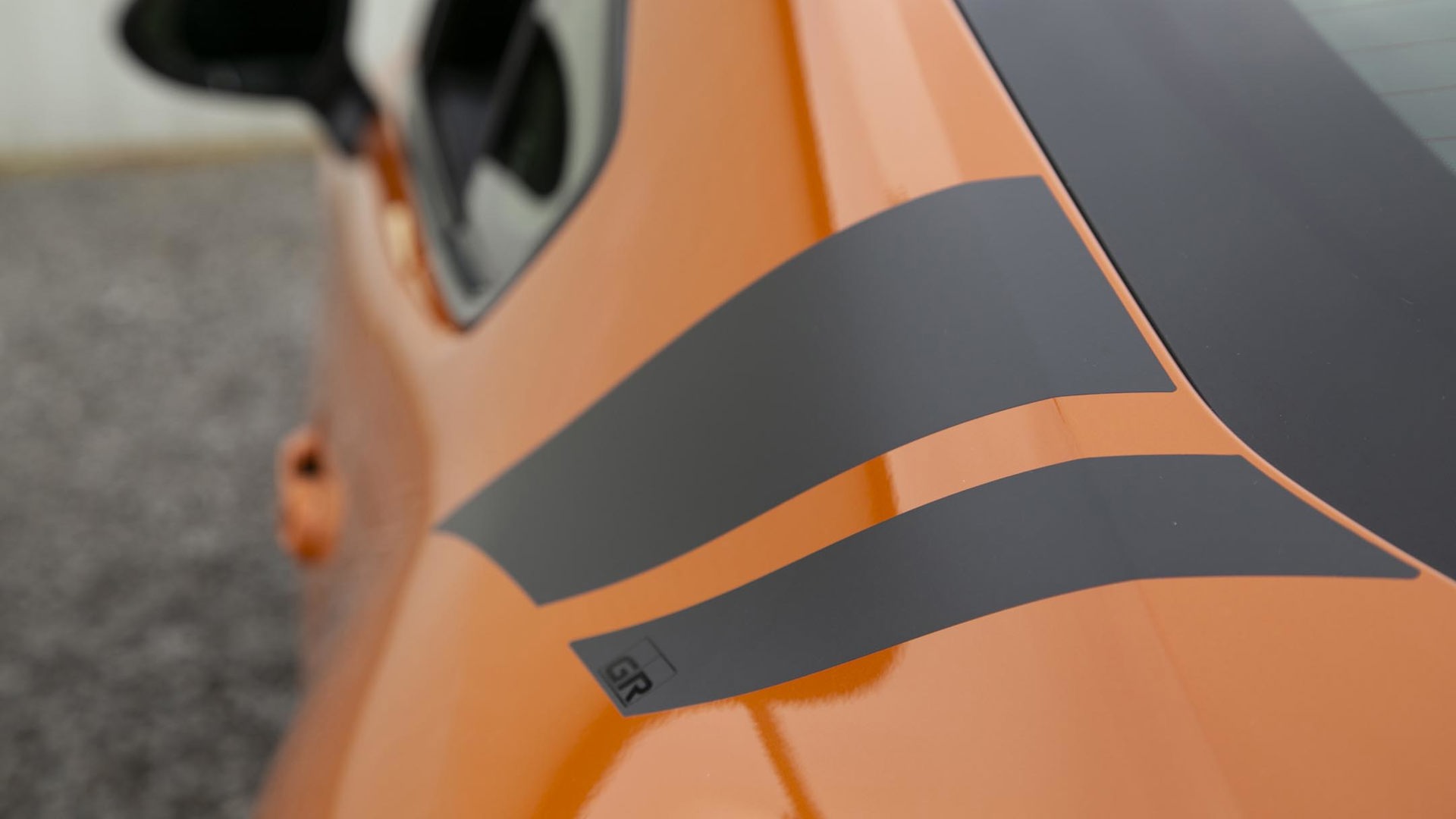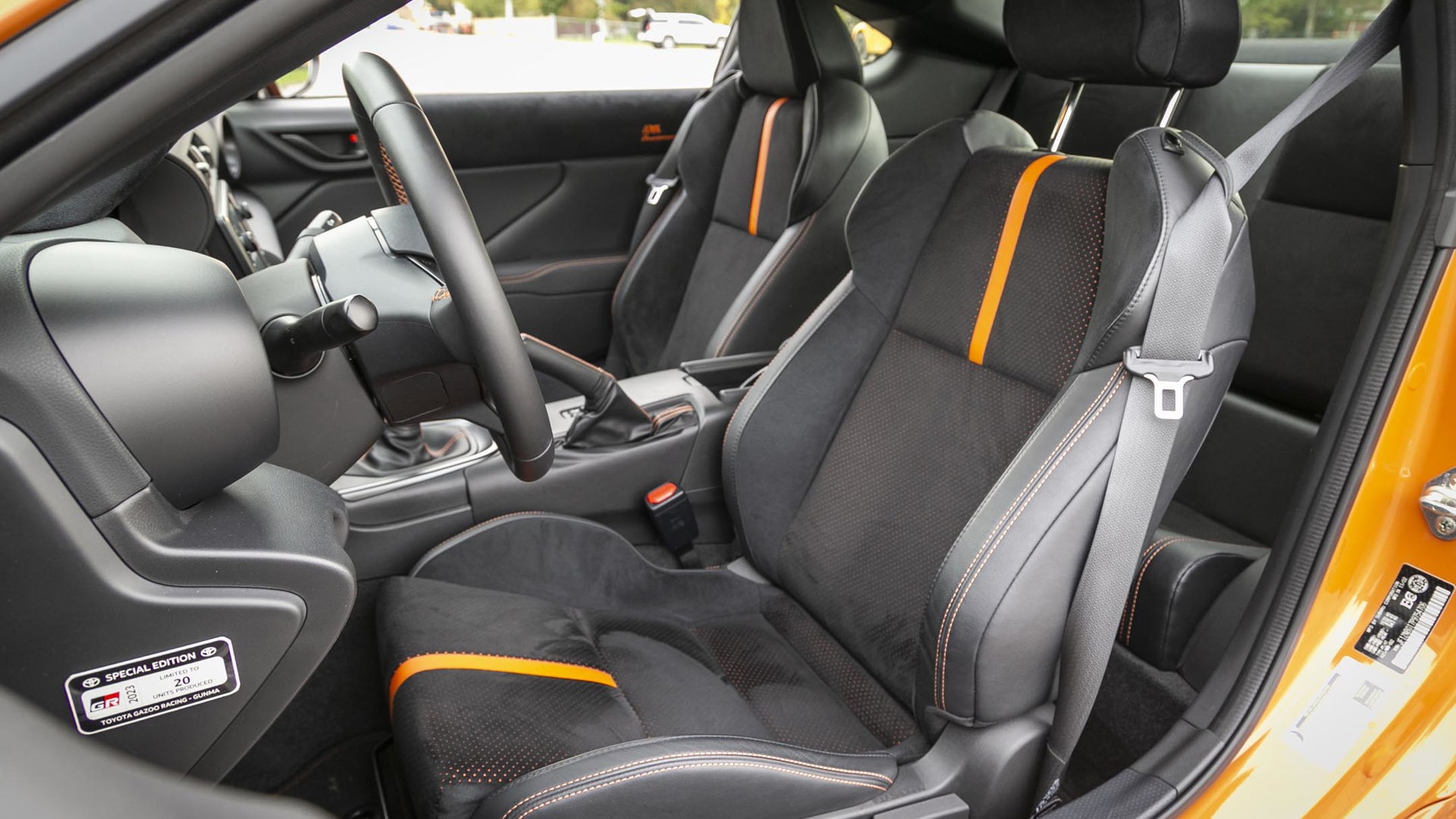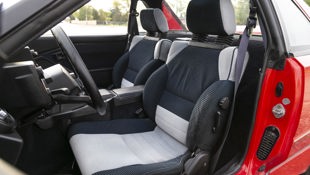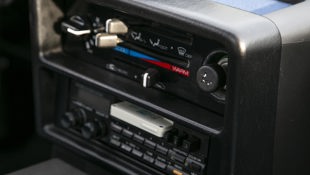Half a decade before Mazda started collecting praise for saving the modern sports car with its then-new Miata, Toyota gave us the MR2. Born of the mid-1970s fuel crisis was the notion that a sporty car could be affordable, lightweight, well-built, and fuel-thrifty. Toyota set to work, quietly creating its Midship Runabout Two-seater (hence MR2) sports car that showed up in dealerships in 1984, not only beating Mazda to the punch for an affordable two-seater, but also creating Japan’s first production mid-engine car.
Toyota’s funky little sports machine fit within a lineup that included a very sporty Corolla GTS and a range-topping Supra. Fast-forward nearly 40 years, and a re-energized Toyota has a lineup that once again includes many sporty machines, including the GR86, a very sporty GR Corolla, and a sizzling Supra. Like the MR2 so long ago, the GR86 serves as the fleet-footed featherweight in the lineup, trading straight-line muscle for nimbleness and driver engagement. The question is, does the GR86 show 40 years of progress and warrant nearly three times the cost of the MR2?
Dollars and Cents

I asked a similar question a couple of years ago when wondering if I’d made a smart choice buying an old BMW M Roadster instead of a new Mazda MX-5 Miata. I came to the self-congratulating conclusion that I had made a brilliant decision and that the old car was the better choice, especially at only half the cost. Then, for some reason, I sold it not long after.
This time, the price gulf between my old toy and the new model is significantly greater, but so is the age gap between them, and without mincing words, let’s just face facts: the new GR86 is absolutely better than the MR2 and worth every penny that separates the two.
Tally up the purchase price, the cost of hauling it home to Ontario from three provinces away, and significantly more money for repairs than I had expected, and this MR2 has made a $15,000 dent in my wallet, and, frankly, it could benefit from a few thousand more invested. Interestingly, back in ’86, my MR2’s list price was $15,168, plus an extra $400 for the sunroof option. Work that out in 2023 dollars, and it’s just shy of $38,000.

The GR86 you see here is a special 10th Anniversary edition, which means it gets fancy wheels, some decals, and a nice bit of embroidery to help Toyota justify the $39,950 asking price, that is, if you can find one.
The GR86 is also dripping with decadence when compared to the spartan MR2, offering such luxuries as air conditioning, power windows, power door locks, and power steering. It’s also got the convenience of a (barely usable) back seat, plus a myriad of safety items to give its occupants a decent chance of survival in a major collision. The MR2, meanwhile, offers all the crash structure of a cardboard box – which I’m reminded of every time I close the impossibly light (and tinny-sounding) door or look past the pipe-cleaner A-pillars. The MR2’s low front end offers pedestrians as much consideration as a Samurai sword to the knees. Airbags? Traction control? Anti-lock brakes? Not for Mister Two, thank you.
Still, the GR86 can’t compete with the MR2’s fancy sunroof that can vent or be lifted out and stowed, nor its saucy pop-up headlights, or the practicality of both a trunk and a frunk that combine to offer more cargo space than the new car’s trunk. And while I’ll concede the GR86’s eight-speaker audio system does reproduce music better than my MR2’s single remaining (partially) functional speaker, it can’t play my favourite K-tel cassette tapes the way the old car can.
Retro Style for the Win

Admittedly, the GR86 grabs my eye whenever I see one on the road. They’re low, wide, and well-proportioned. This 10th Anniversary Edition wears its Solar Shift orange paint with pride, sporting a pair of black stickers on the C-pillars that are akin to an armband barbed-wire tattoo. The 18-inch wheels, special to this trim, have a wonderful spidery spoke effect that’s sadly hard to notice since they’re painted black. Next to its ancestor, the GR86 looks bulgy and muscular.
The ’80s were a different time for fashion when even Emilio Estevez could pull off the sleeveless tough-guy image in The Outsiders, and the diminutive Toyota had enough exotic-looking cachet to be taken seriously as a sports car despite its 14-inch “triangle” wheels that resemble a kid’s fidget spinner. Having Ferrari-red paint, a side intake, a giant spoiler and the angry-seagull nose badge surely helped. While the GR86 resembles a 5/8 scale Supra, the MR2 more closely resembles a Bertone X/19 than anything in the Toyota lineup.
These days, this first-generation MR2 seems to be so obviously of its ’80s era that it’s become cool again. The response it has received from folks from all walks of life has been universally positive, although to the misguided father I overheard telling his son it was a Pontiac Fiero, please, sir, educate yourself before filling your child’s head with such ugly falsehoods.
Inside, things get even better. The ’80s aesthetic lives on in a big way with the cockpit formed from protruding, blocky bins that house gauges, controls, and switches. There’s a spindly turn signal, but the lights and windshield wiper controls are operated by funny thumb switches sprouting from rectangular boxes behind the wheel. The two-spoke steering wheel looks like it was pulled from an amusement park bumper car, while the seats are finished in jumpsuit-sexy two-tone velour. They’re actually decently comfy, except for the adjustable lumbar support that feels as if someone is twisting a canoe paddle into your back. No wonder chiropractors got so rich in the ’80s.
The GR86’s interior is decidedly ordinary, by comparison, placing controls where they’re logically meant to be and offering far more comfort and usability. Plus, its combination of digital gauge display and comprehensive infotainment system puts all the information and control conveniently close at hand at all times. And look! Steering wheel controls! Such gratuitous excess in the GR86.
The Drive
Despite both being small, lightweight sports cars, their on-road personalities reflect nearly four decades of automotive progress between them.
The GR86 fires up instantly at the push of the starter button and settles into a gruff idle. It doesn’t have the traditional “boxer” rumble despite being a Subaru-built engine since they no longer employ the unequal-length exhaust headers. The throttle response is snappy, the clutch take-up is springy with a definitive catch point, and the brakes are strong and smooth.
The new car’s steering is Ginsu sharp, with the car barely listing one way or another even when the wheel is cranked hard and the car flung into a corner. The sticky summer rubber grips the pavement like Velcro, and the car hurtles forward with much more gusto than I anticipated. Despite having only 228 hp, the 1,285-kg car is properly quick and tremendous fun to drive hard on tight, twisty roads.
With less than half the power from its 1.6L engine, my MR2 is quicker than my lawn tractor in a drag race, but only just barely. When new, road tests of the era clocked the MR2 at zero to 96 km/h (zero to 60 mph) in the high-eight-second range, but before you laugh, remember that the Supra of the day with its inline-six could only shave a half-second off that time, and the Porsche 944 was no better. More importantly, it’s definitely quicker than the Fiero. Anyway, it’s just as well that it’s not a rocket ship since the needle fell off the speedometer the other day.

Amusingly, at 1,050 kg, the MR2 was considered surprisingly heavy for the size of the car, due to Toyota fitting five lateral bulkheads across the car’s structure to build in stiffness and rigidity. Still, by modern standards, this thing weighs roughly half of what most modern SUVs do, meaning that even with only 112 hp, the old Toyota zips around in traffic just fine. But it’s when it’s out of town, away from everyone else, that the MR2’s personality really shines. The 16-valve, twin-cam, fuel-injected engine was a seriously advanced piece of kit when new, and its ability to rev up to 7,200 rpm was quasi-exotic.
There’s very little in the way of sound insulation, so the engine bay behind the driver’s shoulders becomes a beehive agitated by a hungry bear. Yet despite the ruckus, it sounds properly mechanical, even racy, if not musical. Better still, the engine’s responsiveness is unmatched even by the lively GR86’s engine, since it feels like the MR2’s flywheel is made from a paper plate, so light and free-revving. Barely grazing the throttle with a toe sends the revs up, enabling a smooth downshift as the somewhat clunky shifter is ripped from fourth to third, then third to second gear, approaching a turn. Despite its age, the transmission never balks at being hurried, its syncros keeping up just fine. There’s a connectedness here to the driver that simply does not exist in any modern car; even sensational ones like the Porsche Spyder RS have a thin veil of isolation absent in my classic Toyota.
 This is made more evident in the steering, which, without any assistance, requires a decent arm workout when parking. But at anything above a jogging pace, the steering becomes incredibly light, owing to the lack of engine over the front end. The steering ratio is quick – feeling about as nimble as the GR86 – but with 37-year-old bushings, marshmallow 60-series tires and a suspension tuned before things got all sports car-firm, the precision and sharpness are lacking. The size, weight, and low stance of the car begs for some stiffening up and a set of sportier tires to exploit this car’s capabilities fully.
This is made more evident in the steering, which, without any assistance, requires a decent arm workout when parking. But at anything above a jogging pace, the steering becomes incredibly light, owing to the lack of engine over the front end. The steering ratio is quick – feeling about as nimble as the GR86 – but with 37-year-old bushings, marshmallow 60-series tires and a suspension tuned before things got all sports car-firm, the precision and sharpness are lacking. The size, weight, and low stance of the car begs for some stiffening up and a set of sportier tires to exploit this car’s capabilities fully.
Even cars like the GR86 that are foolishly criticized as being underpowered collect and carry speed so easily that coming into corners requires a lot of braking. With the MR2, even when it feels like you’re going quickly, it only takes a quick stab of the brakes and a downshift to simply and joyfully roll the car into a turn. It’s a different kind of fun.
Final Thoughts

Each of these cars is an acquired taste that appeals to a rather niche audience of drivers. The MR2 is old enough now to be considered vintage, and many of its idiosyncrasies never let a driver forget it. Plus, its age and the increasing scarcity of some parts can be stressful if an owner wants to truly drive and enjoy this car regularly, as I hope to do.
As lively, engaging, and fun as the MR2 can be, Toyota deserves hearty applause for still offering a true lightweight, rear-wheel drive sports coupe in an era where it seems most drivers don’t even want to drive. The GR86 is a genuine driver’s car, rewarding skilled inputs with fun and exciting results. It requires far more driver involvement than most other new machines, yet provides modern comfort, convenience, and safety.
Sports cars like both of these are becoming increasingly rare, yet they provide so much joy to their owners. And while the GR86 may truly be worth three times more than the MR2, being able to drive either of these machines is a worthwhile, rewarding experience.


























































